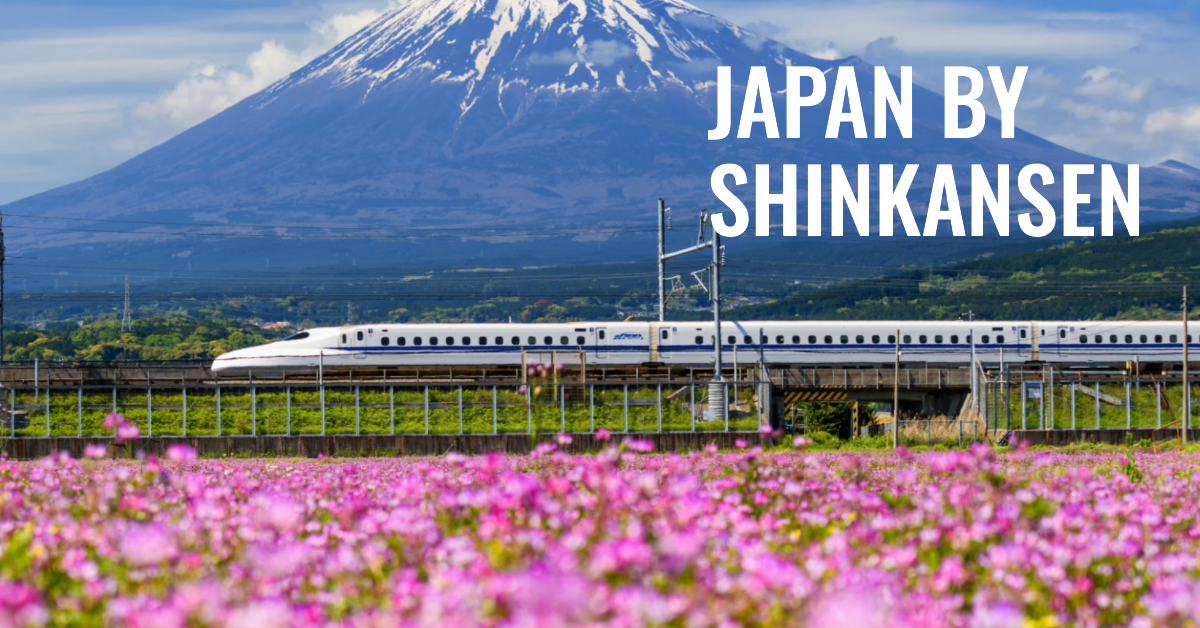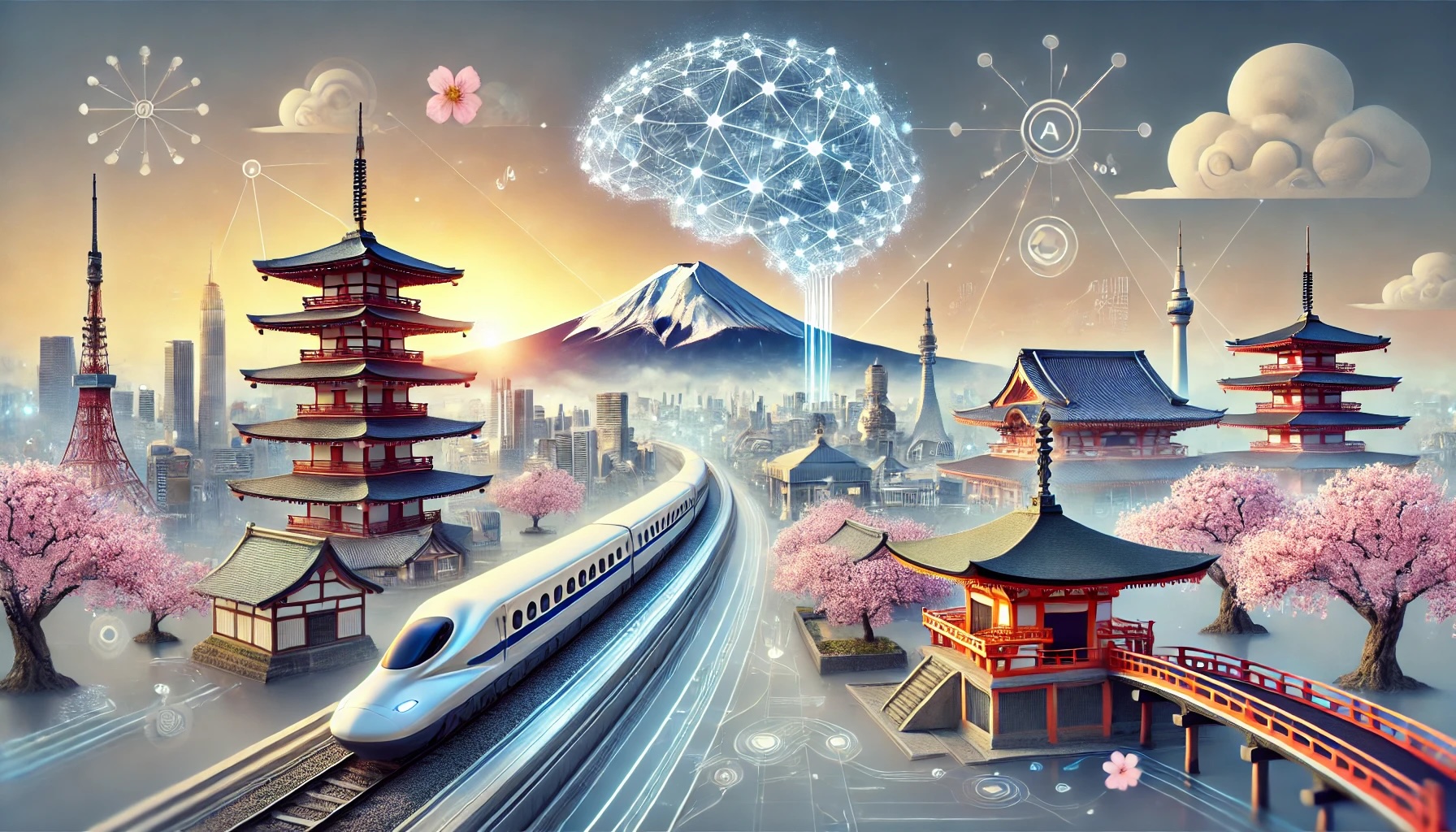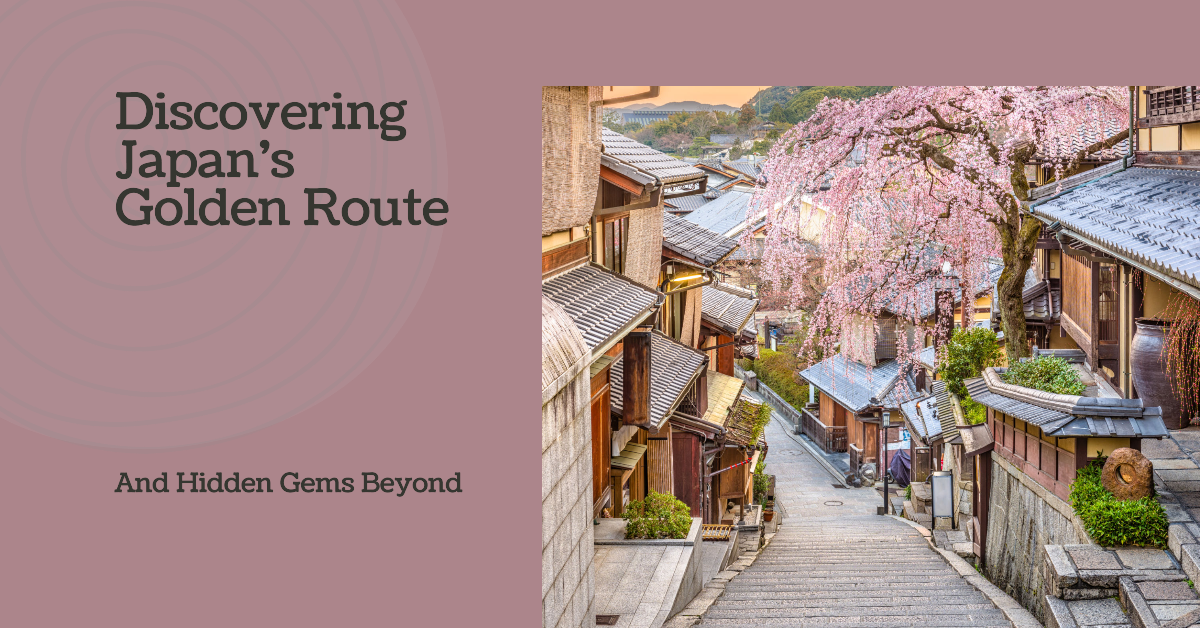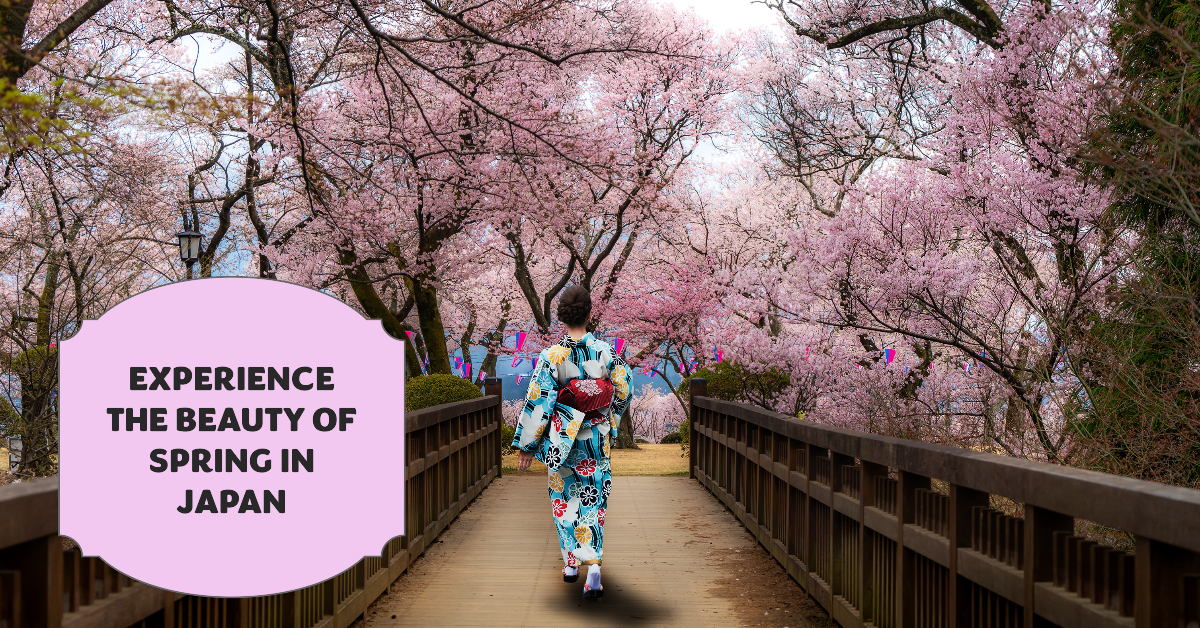The Shinkansen, also known as the bullet train, is a symbol of Japanese innovation and efficiency. In this post, we’ll delve into the history, features, and travel experience of this world-renowned high-speed rail system, and provide tips for how to buy Shinkansen tickets and selecting the perfect train class for your journey. Join us as we explore Japan’s fastest mode of transportation and learn how to make the most of your Shinkansen adventure.
In This Post:
A Brief History of the Shinkansen Bullet Train


The Shinkansen was first introduced in 1964, just in time for the Tokyo Olympics, and it quickly became a source of national pride. The inaugural Shinkansen line, the Tokaido Shinkansen, connected Tokyo and Osaka, cutting travel time between the two cities by more than half. Since then, the Shinkansen network has expanded across the country, with numerous lines connecting major cities and regions.
Shinkansen Lines and Destinations
With an extensive network spanning across Japan, the Shinkansen offers a convenient and efficient way to travel between cities. The top speeds of these trains range from 240 to 320 km/h (150 to 200 mph), ensuring swift journeys between destinations. Here’s an overview of some of the main Shinkansen lines and their key destinations.
Tokaido Shinkansen

The Tokaido Shinkansen connects Tokyo, Nagoya, Kyoto, and Osaka. The Nozomi, the fastest train on this line, takes around 2 hours and 30 minutes to travel from Tokyo to Osaka. Trains run frequently, with departures every 10 minutes during peak times.
Sanyo Shinkansen
The Sanyo Shinkansen connects Osaka with Hiroshima and Hakata (Fukuoka). The Nozomi train takes approximately 1 hour and 20 minutes from Osaka to Hiroshima and an additional 1 hour to reach Hakata. During peak hours, trains depart every 15 minutes.
Kyushu Shinkansen
The Kyushu Shinkansen links Hakata to Kagoshima in the southern part of Kyushu Island. The journey from Hakata to Kagoshima takes about 1 hour and 20 minutes on the fastest Mizuho train. Trains operate every 30 minutes during peak times.
Tohoku Shinkansen
Connecting Tokyo to Aomori in the northern part of Honshu, the Tohoku Shinkansen boasts the fastest train in Japan, the Hayabusa, which can reach speeds of up to 320 km/h (200 mph). The journey from Tokyo to Aomori takes approximately 3 hours. Trains depart every 30 minutes during peak hours.
Hokkaido Shinkansen
The Hokkaido Shinkansen connects Aomori to Hakodate in Hokkaido. With a travel time of around 1 hour and 20 minutes, it offers a fast and convenient way to reach the northern island. Trains run every hour.
Train Classes and Amenities
The Shinkansen offers three main classes of service, each with its own level of comfort and amenities:
Ordinary Class
Ordinary Class provides standard seating in a 2+3 seat configuration, with reclining seats and footrests. It’s a comfortable and economical option for most travellers.
Green Class
For a more luxurious experience, consider upgrading to Green Class, the first-class cabin with wider seats in a 2+2 configuration. Green Class passengers also enjoy complimentary beverage service.
Gran Class

The epitome of luxury, Gran Class is available on selected routes and offers an exceptional travel experience. With an exclusive 2+1 seat configuration, passengers are treated to personal attendant service, complimentary meals, and drinks. This premium service ensures the ultimate in comfort and relaxation during your Shinkansen journey.
Booking Tickets and Seat Reservations
Understanding the process of purchasing tickets and making seat reservations is crucial for a hassle-free Shinkansen experience.
Buy a JR Rail Pass
To use the Shinkansen more efficiently, getting a JR Rail Pass for your travels through Japan is essential.
Luckily, we have you covered, you can purchase a pass here.
How to Purchase Tickets
There are several ways to purchase Shinkansen tickets:
- Online booking: Various websites and apps offer online ticket purchases for both domestic and international travellers. This method is particularly convenient for planning your trip in advance.
- In-person: You can buy tickets at ticket offices or vending machines located in major train stations across Japan. English instructions are usually available.
Seat Reservations
Shinkansen trains offer both non-reserved and reserved seating options:
- Non-reserved seating: This option allows you to board any train without a specific seat reservation. However, seats are not guaranteed, especially during peak travel times.
- Reserved seating: By reserving a specific seat, you can secure your spot on the train. This option is highly recommended during busy periods to avoid overcrowded trains and ensure a comfortable journey.
Tips for a Smooth Shinkansen Experience


To fully enjoy your Shinkansen experience, keep these tips in mind:
- Arrive early at the station: Give yourself ample time to find the correct platform and queue up for boarding, as Shinkansen trains are punctual and rarely delayed.
- Familiarise yourself with the platform layout: Platforms are usually clearly marked with train car numbers and boarding locations. Knowing your car number in advance can help you find your spot more easily.
- Observe Japanese train etiquette: Be respectful of local customs, such as speaking quietly, not eating in non-reserved cars, and refraining from using your phone in designated quiet zones.
- Make use of luggage storage facilities: Shinkansen trains provide overhead compartments and, on some trains, designated luggage storage areas. If you have larger suitcases, consider using a luggage delivery service to make your journey more comfortable.
The Shinkansen bullet train is an essential part of the Japanese travel experience, combining speed, convenience, and comfort. By understanding the different train lines, classes, and booking options, you’ll be well-prepared to enjoy Japan’s high-speed rail network to the fullest. Embark on your Shinkansen adventure and discover the beauty and culture of Japan at lightning speed.










